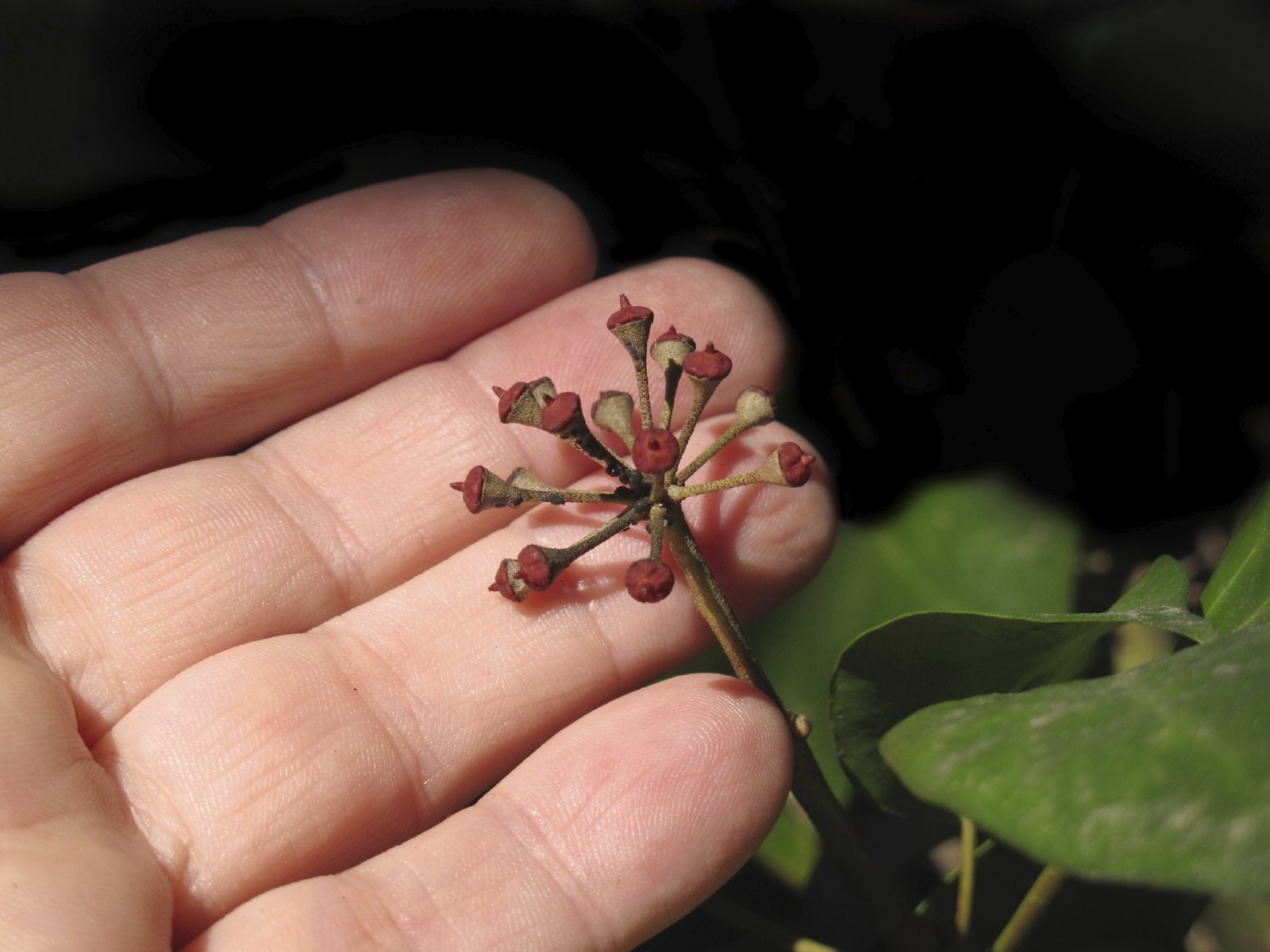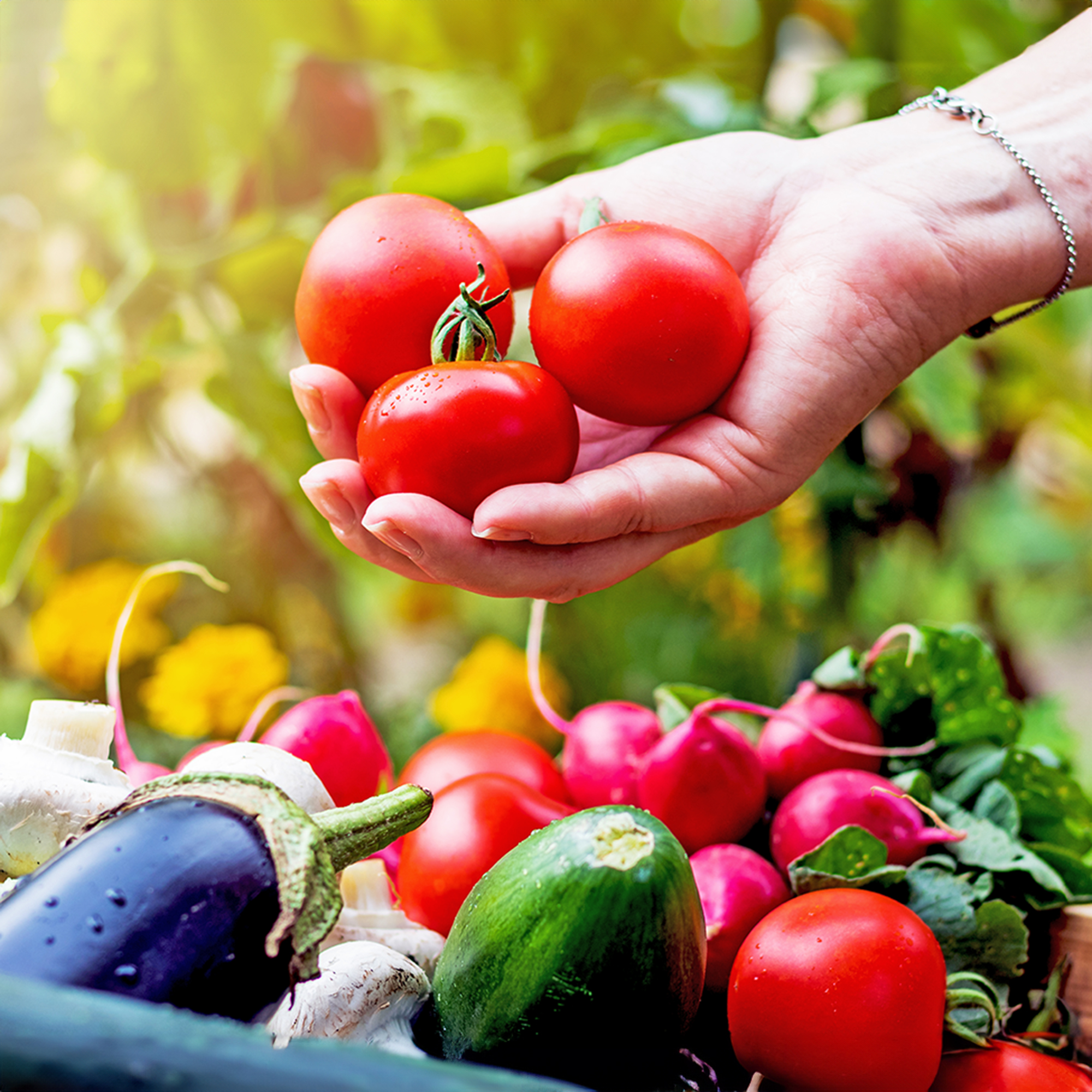Houseplant Propagation: Germinating Seeds Of Houseplants


Houseplant propagation is a good way to grow more of your favorite plants. In addition to cuttings and division, growing houseplant seeds is also possible. Contrary to what many people believe, you don't have to have your own greenhouse to accomplish this (though it doesn't hurt either). A sunny spare room or even a kitchen window sill is ideal. Let's learn more about how to propagate houseplants by seed.
Seed Propagating Houseplants
If you plan on starting plants from seed, you have to have a place to put the seed trays where they can be kept warm and at a fairly constant temperature. Good light is important too. So is keeping them away from drafts. The pots you plant the seedlings in are going to take up a lot of room, so make sure you have the space to do this as well. Use small trays or seed pans for small quantities of plants and standard seed trays for larger quantities. These trays should be washed clean. You'll want to keep each container to itself for the seeds of only one species of plants. All plants grow at different rates, and this makes it easier to keep track if each tray holds only one kind of plant. Use waterproof ink to label each tray. You should check the compost in the trays each day without disturbing the seedlings in any way. Water from below when it's necessary. Don't keep it wet, but instead constantly moist. Keep the trays at an even temperature. Remember, these are tropical and need temperatures in the 70-80 F. (21-27 C.) range. This is what is best for the new little seedlings. For anything that germinates in the dark, you can be keep them inside a cupboard. You can also put folded newspaper over the glass lid until the seedlings start to grow. Once they start to grow, give the seedlings good light, but not strong sunlight or they'll burn. You should also remove the glass lid or bag from the ventilators of the pan so fresh air can enter. Once the seedlings are big enough to handle, you can carefully pick them out for transplanting.
How to Propagate Houseplants by Seed
Seed propagating houseplants isn't hard but there are steps to growing houseplant seeds. They are simple enough to follow, that's for sure. Let's take a look at these guidelines for germinating seeds of houseplants:
- First, lay out some peat or peat substitute in the tray. If you are using clay trays or pans, soak them first so they don't absorb the moisture out of the compost. Top the peat with seed compost or soilless seed mix. Seed compost is light, sterile and contains all the nutrients baby plants need to thrive. Press the compost firmly into the pan/tray.
- You will want to add more compost to fill the tray completely. Smooth and level the compost, firming the compost down. Once it's firmed, the compost should come to about 2 cm. (slightly less than an inch) below the edge of the tray.
- Fold a piece of paper in half and pour the seeds into the "V" of the paper. This way you can spread the seeds evenly over the compost. Don't sprinkle the seeds too close to the edges because the compost will dry faster there and stay moister in the center. Make sure to label and date the tray so you know what is growing and when to expect germination.
- The seeds will germinate best if you cover them with a thin layer of compost. If you sift the compost through a sieve, you can sprinkle a thin layer of compost over the seeds. Only the finest of sprinkling is needed for small seeds, if any at all.
- You should water the compost by setting the tray in a dish filled with water so that the water comes halfway up the sides of the tray. You can leave the tray in the water until you see water appearing on the surface. Take the tray out of the water and allow all excess water to drain away from the tray. (A bottle sprayer also works well.) Leave the cover on the tray until you see the seedlings.
- If you don't use a propagator, you can slide the seed tray into a plastic bag and tie it loosely. You can also cover the tray with a sheet of glass. Just make sure neither touches the compost. Anything that germinates in the dark should be covered with newspaper. Remove the plastic or glass each day and wipe away any condensation.
- Once you see that the seedlings are big enough to handle, move them into another tray. This tray should be prepared as the first one was. Place the seedlings onto a piece of wet newspaper until you have the tray prepared.
- Once the tray is prepared, you can use a pencil or similar object to make the holes for the seedlings to go into. Cover them so only their seed "leaves" and above are showing. You should water them from below and let the tray drain well. Keep the tray in bright light, but not strong, hot sunshine. True leaves will come along as the seedlings mature. Take the plants, once they have several sets of leaves, and transplant each seedling into its own separate pot.
Now you will have plenty of new plants to enrich your indoor garden. In addition to houseplant propagation, you can do vegetables this way or even flowers. Anything you want to grow, you can start from scratch.
Gardening tips, videos, info and more delivered right to your inbox!
Sign up for the Gardening Know How newsletter today and receive a free copy of our e-book "How to Grow Delicious Tomatoes".

Heather Rhoades founded Gardening Know How in 2007. She holds degrees from Cleveland State University and Northern Kentucky University. She is an avid gardener with a passion for community, and is a recipient of the Master Gardeners of Ohio Lifetime Achievement Award.
-
 Which Invasive Shrubs Should You Avoid Growing? Plus, Best Natives To Plant Instead
Which Invasive Shrubs Should You Avoid Growing? Plus, Best Natives To Plant InsteadCertain plants may look lovely but they can wreak havoc to local areas and native wildlife. Here are the key invasive shrubs to avoid – with recommendations on gorgeous native alternatives to try
-
 What Not To Plant With Tomatoes: 8 Bad Neighbors That Could Ruin Your Harvest
What Not To Plant With Tomatoes: 8 Bad Neighbors That Could Ruin Your HarvestNot all companion plants are beneficial – some can sabotage your tomatoes. Find out which ones to keep at a safe distance in the garden.
-
 8 Easy Care Houseplants That Live A Long Time
8 Easy Care Houseplants That Live A Long TimeClick here to learn about our 8 favorite low maintenance houseplants that can, with proper care, live a long time.
-
 How Often Should You Repot Plants?
How Often Should You Repot Plants?Escaping roots and shrinking leaves may mean your plant wants a new pot, but some like staying cramped and cozy.
-
 Orange Flowering Houseplant Varieties With Tropical Flair
Orange Flowering Houseplant Varieties With Tropical FlairClick here to learn about some cheerful orange-blooming houseplants you can try growing.
-
 Variegated Houseplants With Lovely Leaves
Variegated Houseplants With Lovely LeavesWhat are some of the best variegated houseplants to add to your collection? Click here to find out.
-
 Lovely, Lacy Indoor Foliage Plants
Lovely, Lacy Indoor Foliage PlantsClick here to learn about some houseplants with lacy foliage to add to your collection.
-
 Best Christmas Houseplants And Plants For Winter Holidays
Best Christmas Houseplants And Plants For Winter HolidaysClick here for an idea of the best houseplants to use for holiday décor for Christmas, Hanukkah, Kwanzaa, and New Year’s.
-
 Best Big Houseplants To Create An Indoor Oasis
Best Big Houseplants To Create An Indoor OasisIf you have the space you may want to grow some large houseplants. Here are some ideas.
-
 Relaxing Plants To Grow Indoors For A Calmer Mind
Relaxing Plants To Grow Indoors For A Calmer MindAre there houseplants that can help you to relax? Click here to find out.